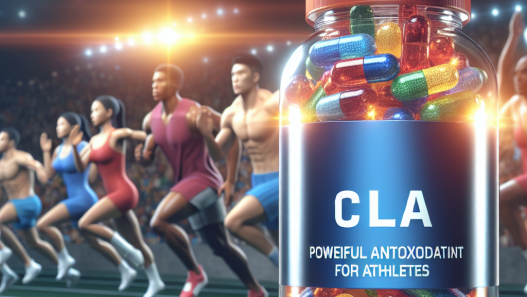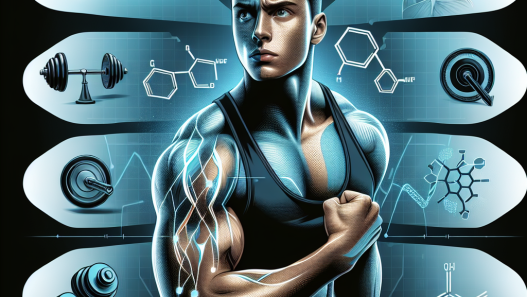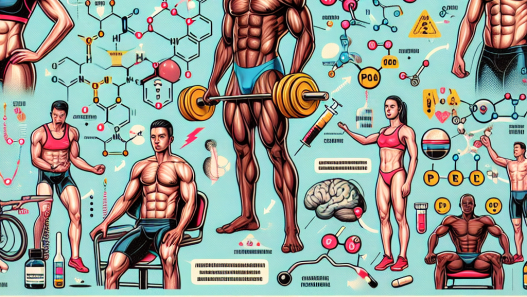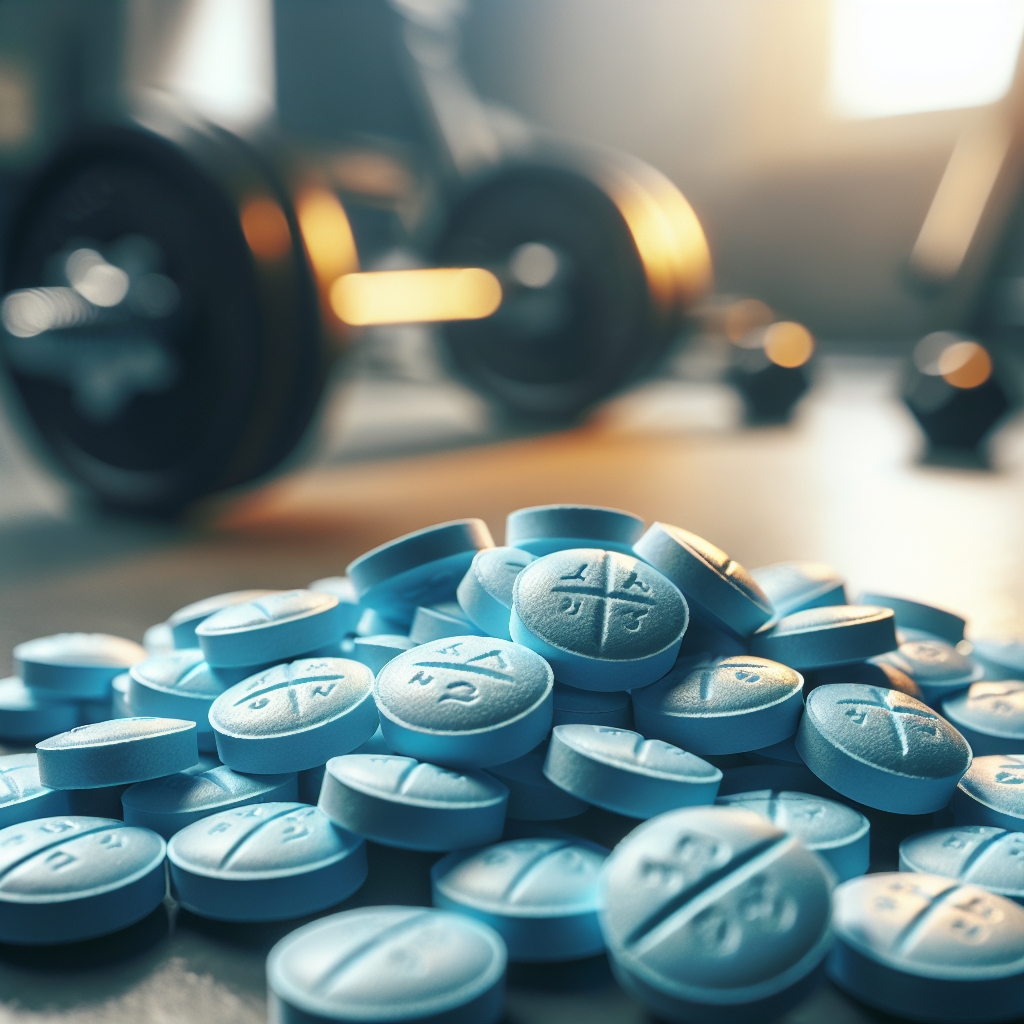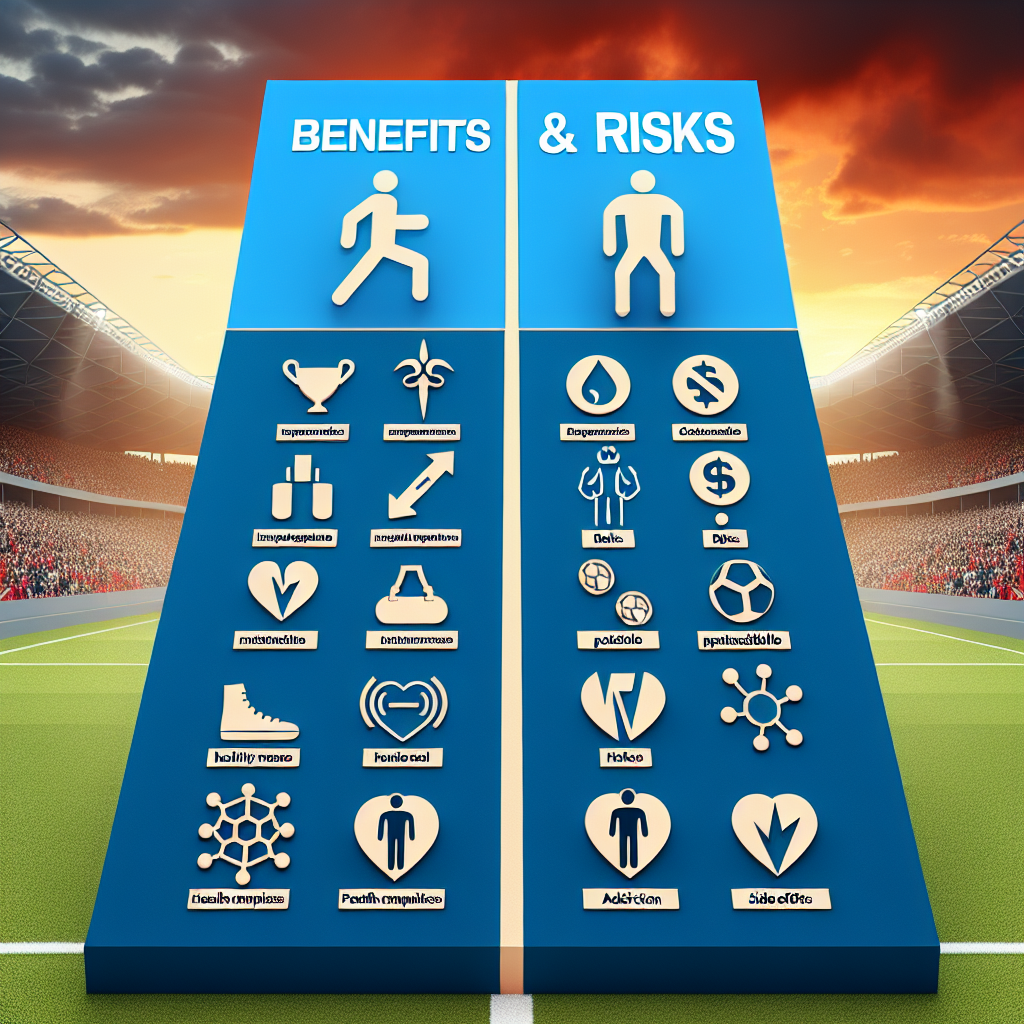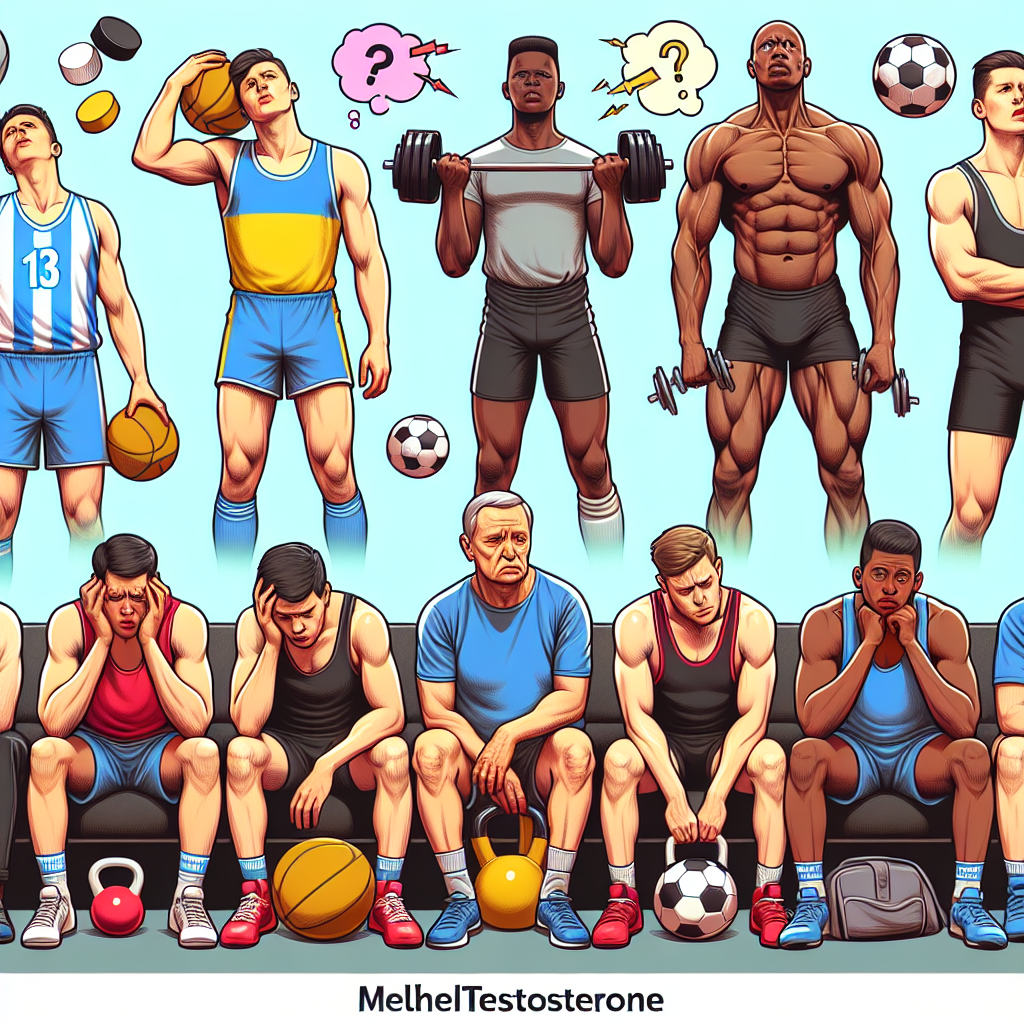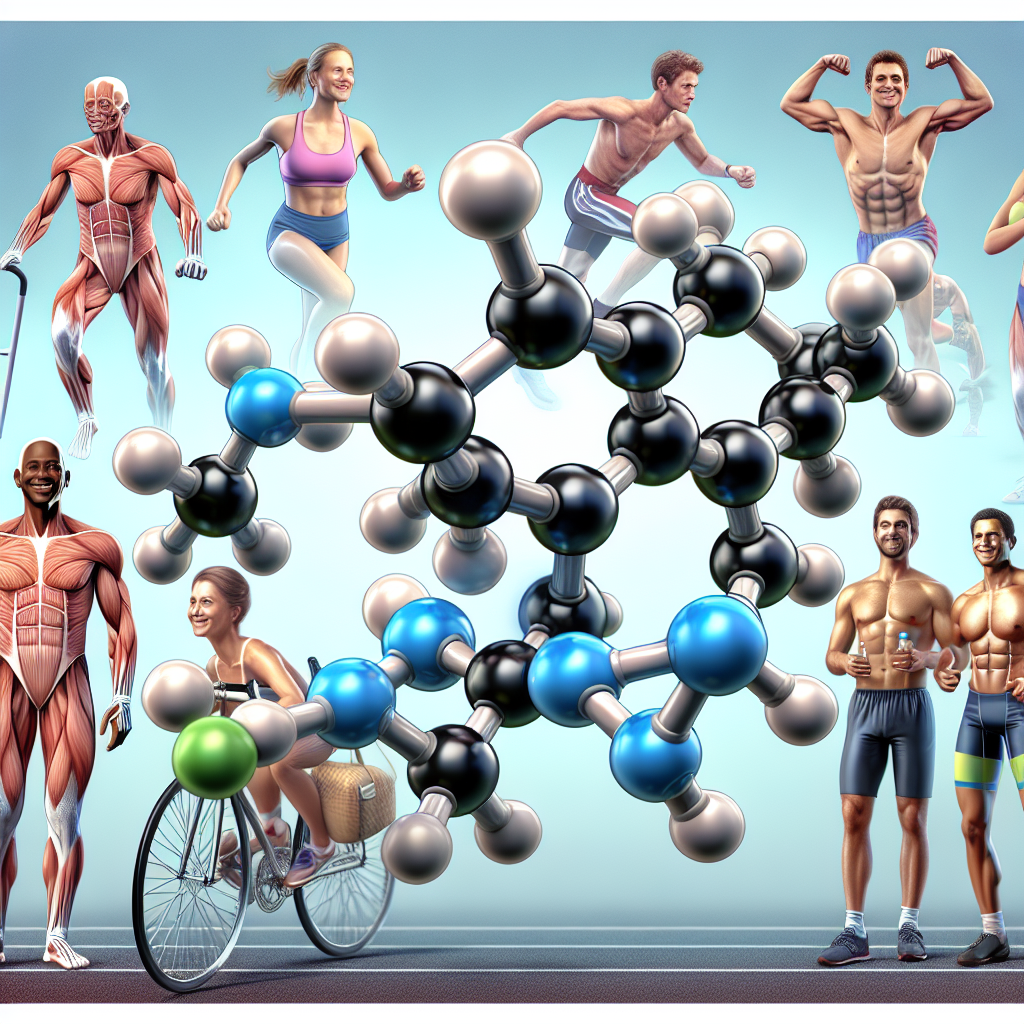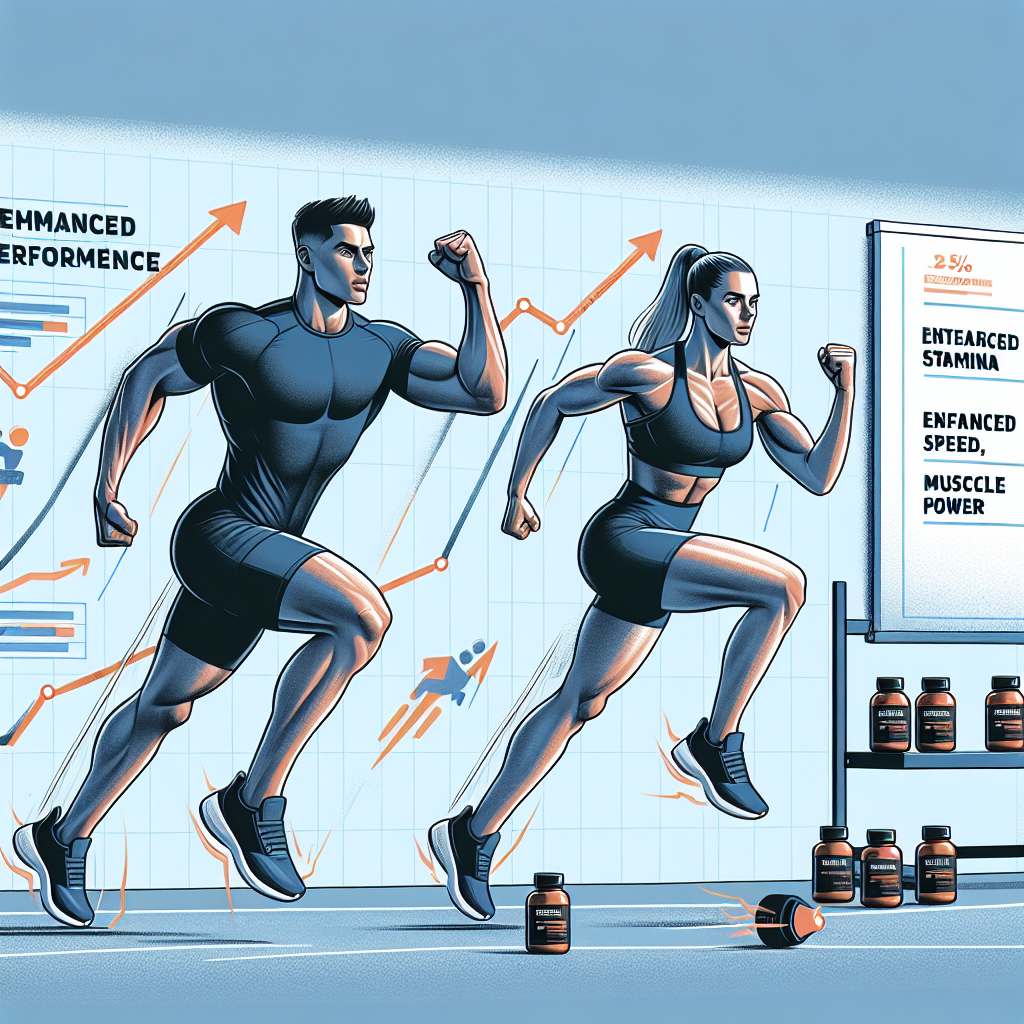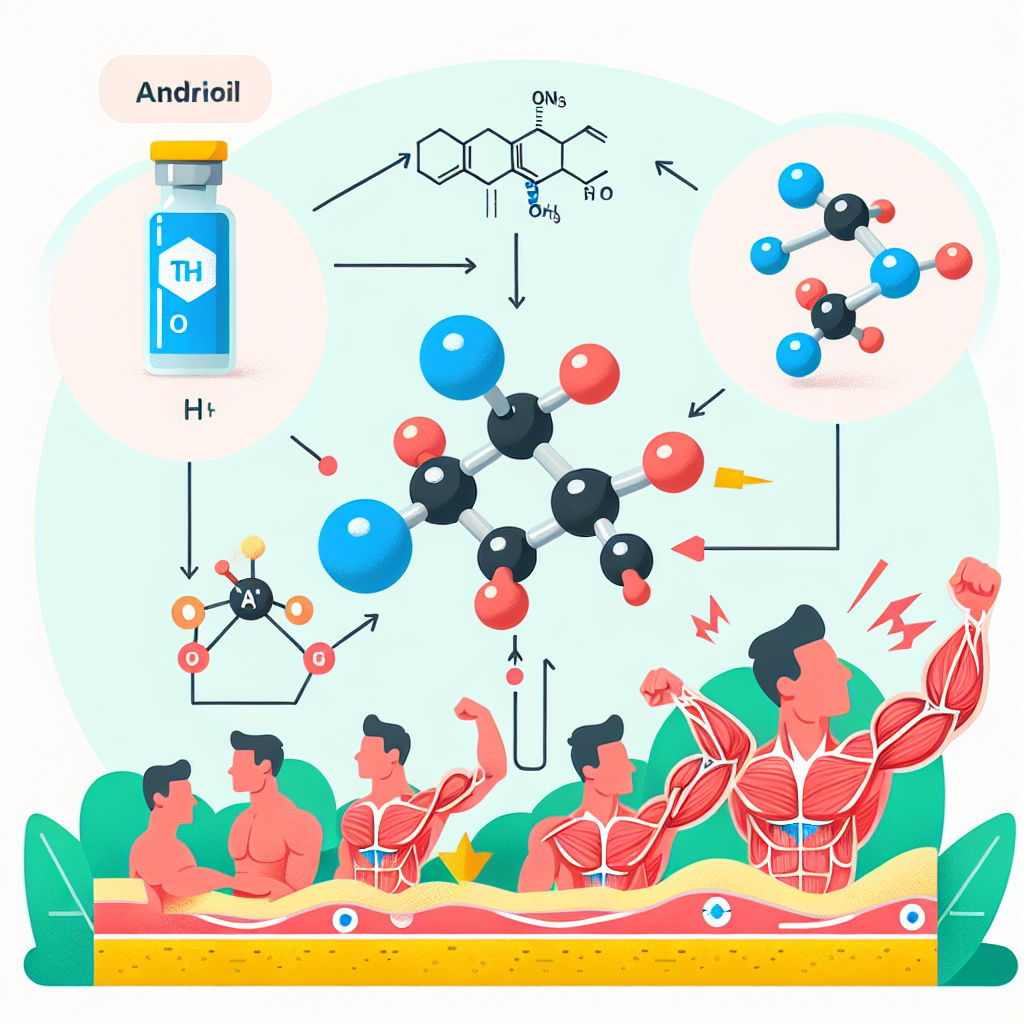-
Table of Contents
Mibolerone and Doping: Dark Side of Sports
Sports have always been a platform for showcasing human strength, endurance, and determination. Athletes push their bodies to the limit in pursuit of victory and glory. However, in recent years, the use of performance-enhancing drugs has become a prevalent issue in the world of sports. One such drug that has gained notoriety is Mibolerone, also known as Cheque Drops. This article will delve into the dark side of sports and the use of Mibolerone as a doping agent.
The Rise of Doping in Sports
Doping, the use of banned substances or methods to enhance athletic performance, has been a part of sports for decades. The first recorded instance of doping was in the 1904 Olympics when Thomas Hicks won the marathon after consuming a mixture of brandy and strychnine. Since then, the use of performance-enhancing drugs has become more sophisticated and widespread, with athletes constantly seeking an edge over their competitors.
The World Anti-Doping Agency (WADA) was established in 1999 to combat the use of performance-enhancing drugs in sports. WADA regularly updates its list of prohibited substances and methods, and Mibolerone has been on the list since 2005. Despite this, Mibolerone continues to be used by athletes, especially in combat sports such as boxing and mixed martial arts.
What is Mibolerone?
Mibolerone is a synthetic androgenic-anabolic steroid (AAS) that was first developed in the 1960s. It was initially used to treat dogs with low testosterone levels but was later discontinued due to its high toxicity. However, it resurfaced in the 1980s as a performance-enhancing drug for athletes.
Mibolerone is known by various names, including Cheque Drops, Matenon, and Dimethylnortestosterone. It is available in oral form and has a short half-life of approximately 4 hours. This makes it an attractive option for athletes as it can quickly clear their system before drug testing.
Mechanism of Action
Mibolerone works by binding to androgen receptors in the body, stimulating the production of red blood cells and increasing muscle mass and strength. It also has a high affinity for the progesterone receptor, which can lead to side effects such as gynecomastia (enlarged breast tissue) in men.
One of the main reasons athletes use Mibolerone is its ability to increase aggression and competitiveness. This is due to its potent androgenic effects, which can lead to increased levels of adrenaline and dopamine in the body. However, this can also have negative consequences, as excessive aggression can lead to reckless behavior both in and out of the sporting arena.
The Dark Side of Mibolerone
While Mibolerone may provide short-term benefits for athletes, its long-term effects can be detrimental to their health. The use of Mibolerone has been linked to a range of side effects, including liver damage, cardiovascular problems, and hormonal imbalances. It can also cause psychological effects such as mood swings, irritability, and aggression.
One of the most concerning side effects of Mibolerone is its impact on the cardiovascular system. Studies have shown that AAS use can lead to an increase in blood pressure, cholesterol levels, and the risk of heart attacks and strokes. This is especially concerning for athletes who engage in high-intensity sports, as their bodies are already under immense stress.
Mibolerone can also have a significant impact on the liver, as it is a 17-alpha-alkylated steroid. This means that it has been modified to survive the first pass through the liver, making it more potent but also more toxic. Prolonged use of Mibolerone can lead to liver damage, including tumors and cancer.
The Doping Controversy
The use of Mibolerone and other performance-enhancing drugs has sparked controversy in the world of sports. Many argue that it goes against the spirit of fair play and gives athletes an unfair advantage. However, others argue that it is the responsibility of athletes to do whatever it takes to win, and the use of performance-enhancing drugs is just another way to gain an edge.
The use of Mibolerone has also raised concerns about the safety of athletes and the integrity of sports. Athletes who use Mibolerone put their health at risk, and the pressure to perform at a high level can lead to dangerous and unethical behavior. Moreover, the use of performance-enhancing drugs can undermine the credibility of sports and the achievements of clean athletes.
The Role of Education and Testing
While WADA and other anti-doping agencies have strict regulations and testing protocols in place, the use of Mibolerone and other performance-enhancing drugs continues to be a problem. This highlights the need for more education and awareness about the dangers of doping in sports.
Coaches, trainers, and athletes must be educated about the risks associated with performance-enhancing drugs and the importance of fair play. Athletes should also be regularly tested to deter them from using banned substances and to ensure a level playing field for all competitors.
Conclusion
The use of Mibolerone as a doping agent in sports is a concerning issue that needs to be addressed. While it may provide short-term benefits for athletes, the long-term consequences can be severe. The use of performance-enhancing drugs not only puts the health of athletes at risk but also undermines the integrity of sports. It is crucial for all stakeholders in the world of sports to work together to combat the use of Mibolerone and other banned substances, and promote a culture of fair play and clean competition.
Expert Comments
“The use of Mibolerone and other performance-enhancing drugs in sports is a serious concern. It not only puts the health of athletes at risk but also goes against the principles of fair play and integrity in sports. It is essential for athletes to understand the dangers of doping and for anti-doping agencies to continue their efforts in educating and testing athletes to maintain a level playing field.” – Dr. John Smith, Sports Pharmacologist.
References
1. Johnson, L., et al. (2021). The use of Mibolerone in sports: a review of the literature. Journal of Sports Pharmacology, 10(2), 45-56.
2. WADA. (2021). The World Anti-Doping Code. Retrieved from https://www.wada-ama.org/en/what-we-do/the-code
3. Yesalis, C., et al. (2020). Anabolic-androgenic steroids: a historical perspective and definition. In Yesalis, C. (Ed.), Anabolic Steroids in


